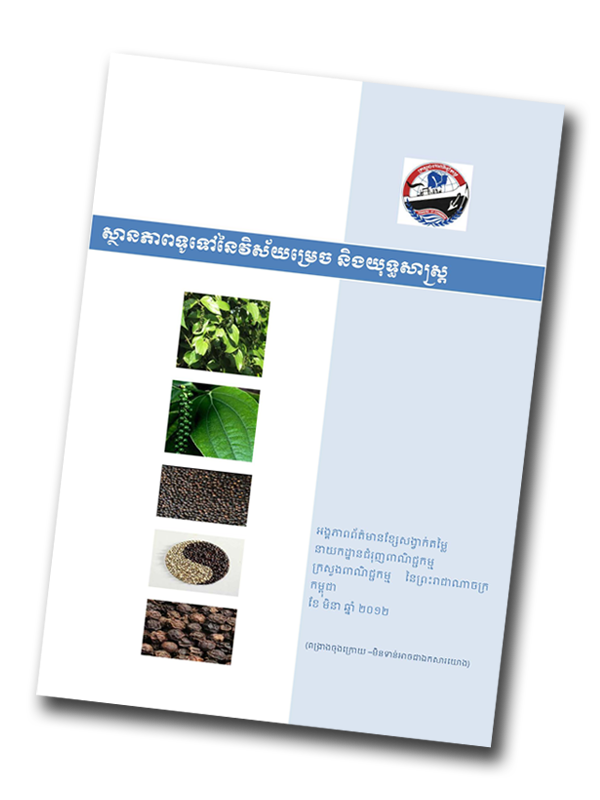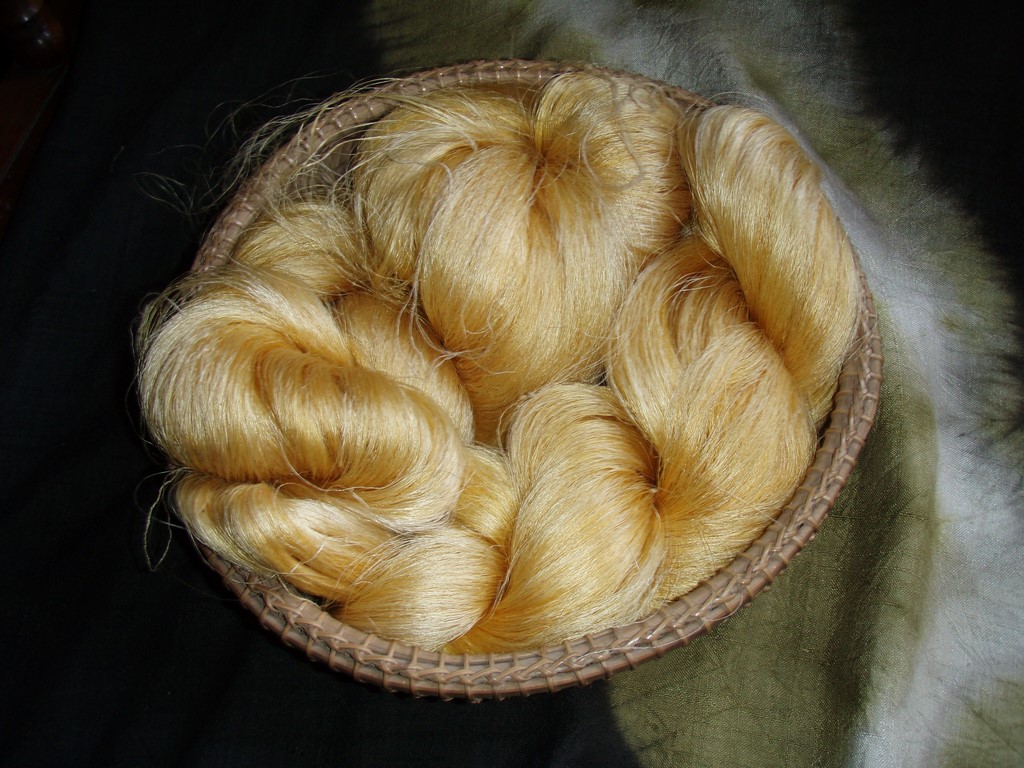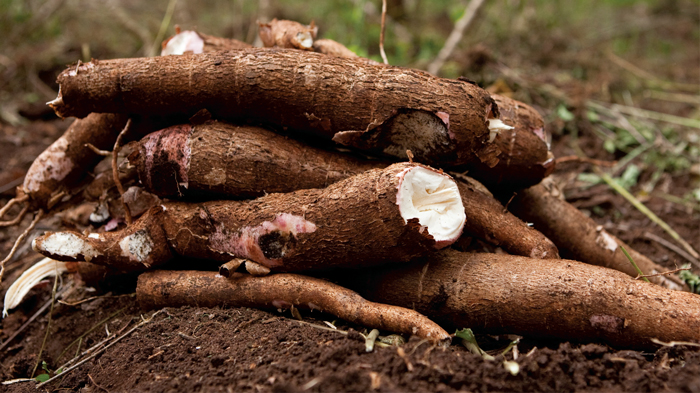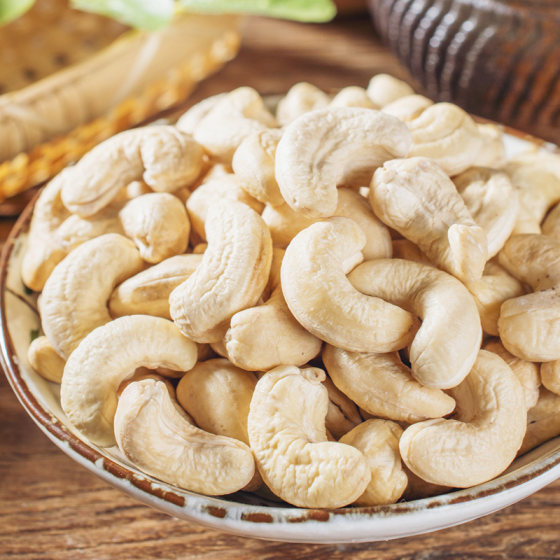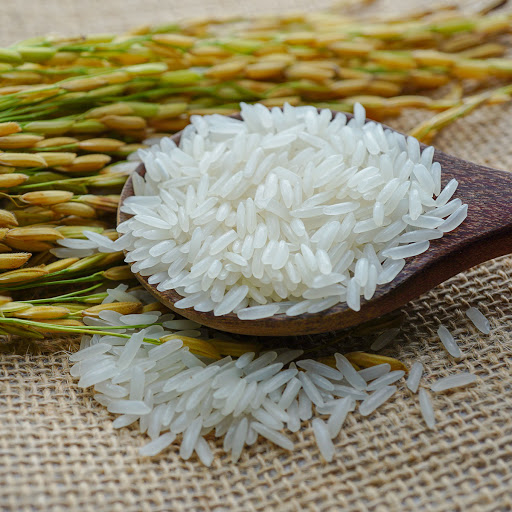Cambodia has a tradition of more than 700 years and a natural comparative advantage in pepper cultivation. Black pepper (Piper nigrum) is a climbing vine, and its fruit is usually dried and used as a spice and seasoning. It been used since antiquity for its flavour and as a medicine, and is the world’s most traded spice.
Cambodia has an excellent climate and soil conditions for pepper, and pepper production was mentioned as early as the 13th century. Especially during the French colonial times so-called “Kampot Pepper” (from the province of Kampot) developed a reputation for its special taste. Intensive production started in the early 20th century, and at its height, production and exports of pepper may have been up to 8,000 tons per year.
However, practically the entire pepper production in Cambodia came to an end during the period of the Khmer Rouge. Pepper production was only gradually re-established after the 1990s.



